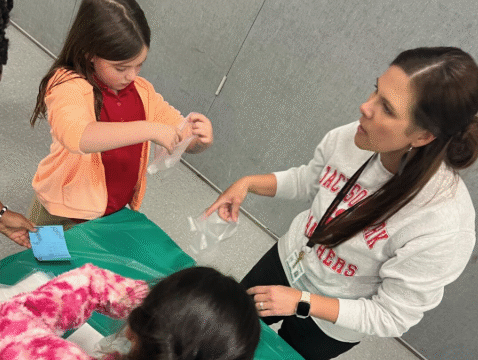Reflective teaching is a vital part of professional growth in education. When teachers examine their instructional methods, classroom dynamics, and student outcomes, they develop a deeper understanding of their impact. School leaders play a critical role in promoting this practice by creating a culture that supports thoughtfulness, curiosity, and continuous learning.
Cultivate a Culture of Reflection
Leadership begins by setting the tone. School leaders can promote reflective practice by normalizing open dialogue about successes and challenges. Encouraging staff to share insights and lessons learned helps create a safe environment where reflection is viewed as a valuable tool rather than a judgment.
Build Time for Reflection into the Schedule
For reflection to be meaningful, it must be intentional. Providing dedicated time during staff meetings, professional development days, or collaborative planning sessions allows teachers to pause and think critically about their practice. Reflection becomes more impactful when it is not rushed or added as an afterthought.
Provide Tools and Frameworks
Reflection can take many forms. Leaders can introduce journals, guided reflection templates, peer observation forms, and student feedback surveys to help teachers evaluate their practice. These tools offer structure and consistency, especially for those new to reflective teaching.
Model Reflective Leadership
Leaders who openly reflect on their decisions, growth areas, and leadership approaches set a powerful example. By demonstrating humility and a commitment to learning, they invite staff to adopt a similar mindset. Sharing personal stories of reflection helps normalize the process and reduce any fear of vulnerability.
Support Peer Collaboration
Reflective practice is enhanced through collaboration. Encouraging teachers to engage in peer observations, co-teaching, and professional learning communities allows them to learn from one another. These experiences build trust and offer multiple perspectives that deepen reflection.
Align Reflection with Student Success
Linking teacher reflection to student outcomes reinforces its importance. Leaders can help educators analyze how changes in instruction affect engagement and achievement. This connection adds purpose to the process and motivates teachers to refine their approach.
Recognize and Celebrate Growth
Acknowledging teachers who demonstrate growth through reflection encourages others to follow suit. Whether through informal praise or recognition at staff gatherings, highlighting reflective progress reinforces its value in the school culture.
Final Thoughts
Encouraging reflective teaching through leadership is about more than improving instructional techniques; it’s about nurturing a learning community that evolves together. With supportive leadership, educators feel empowered to analyze their work, embrace challenges, and continually strive for excellence. In doing so, schools become places where both students and teachers flourish.





